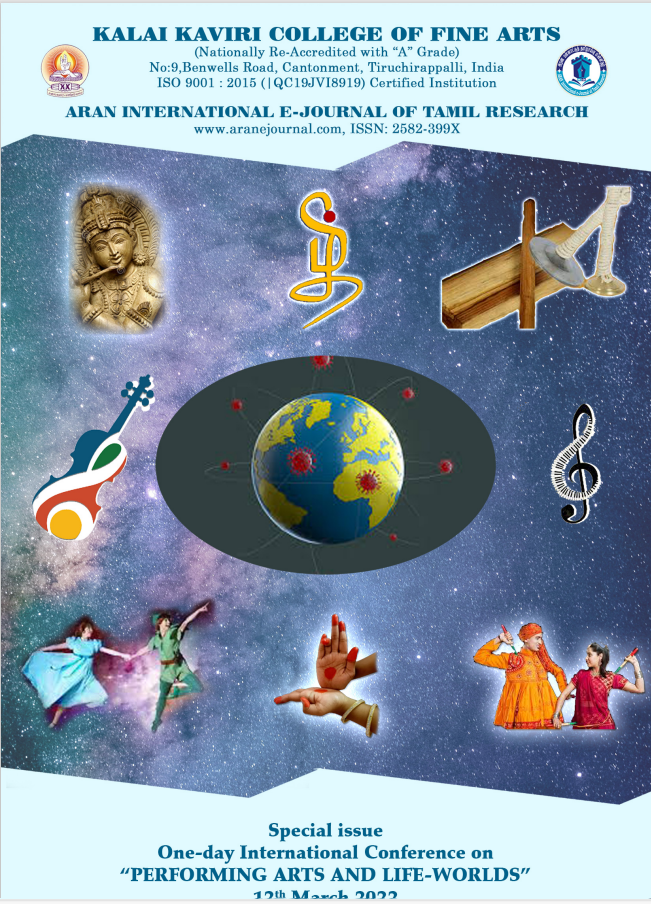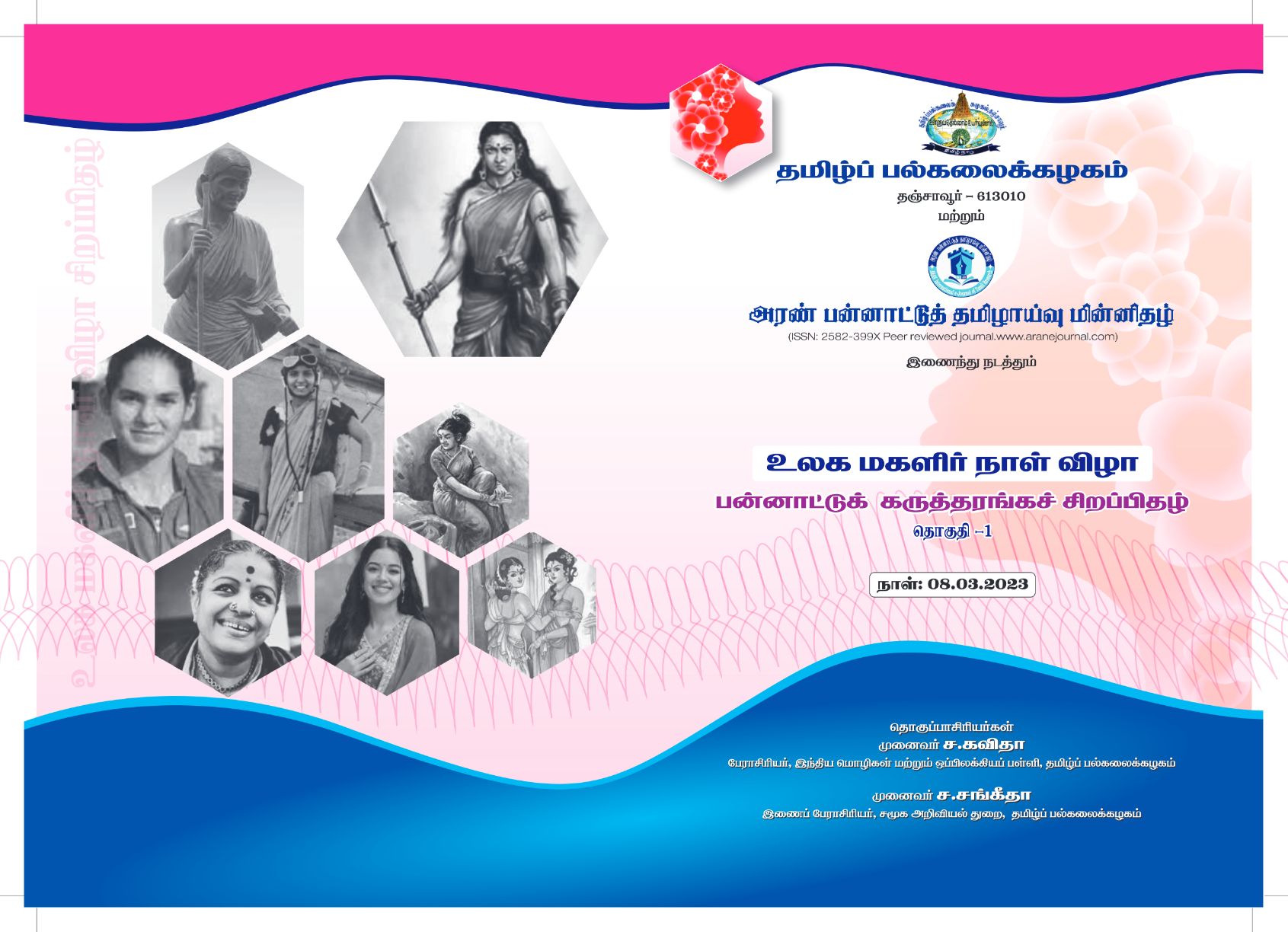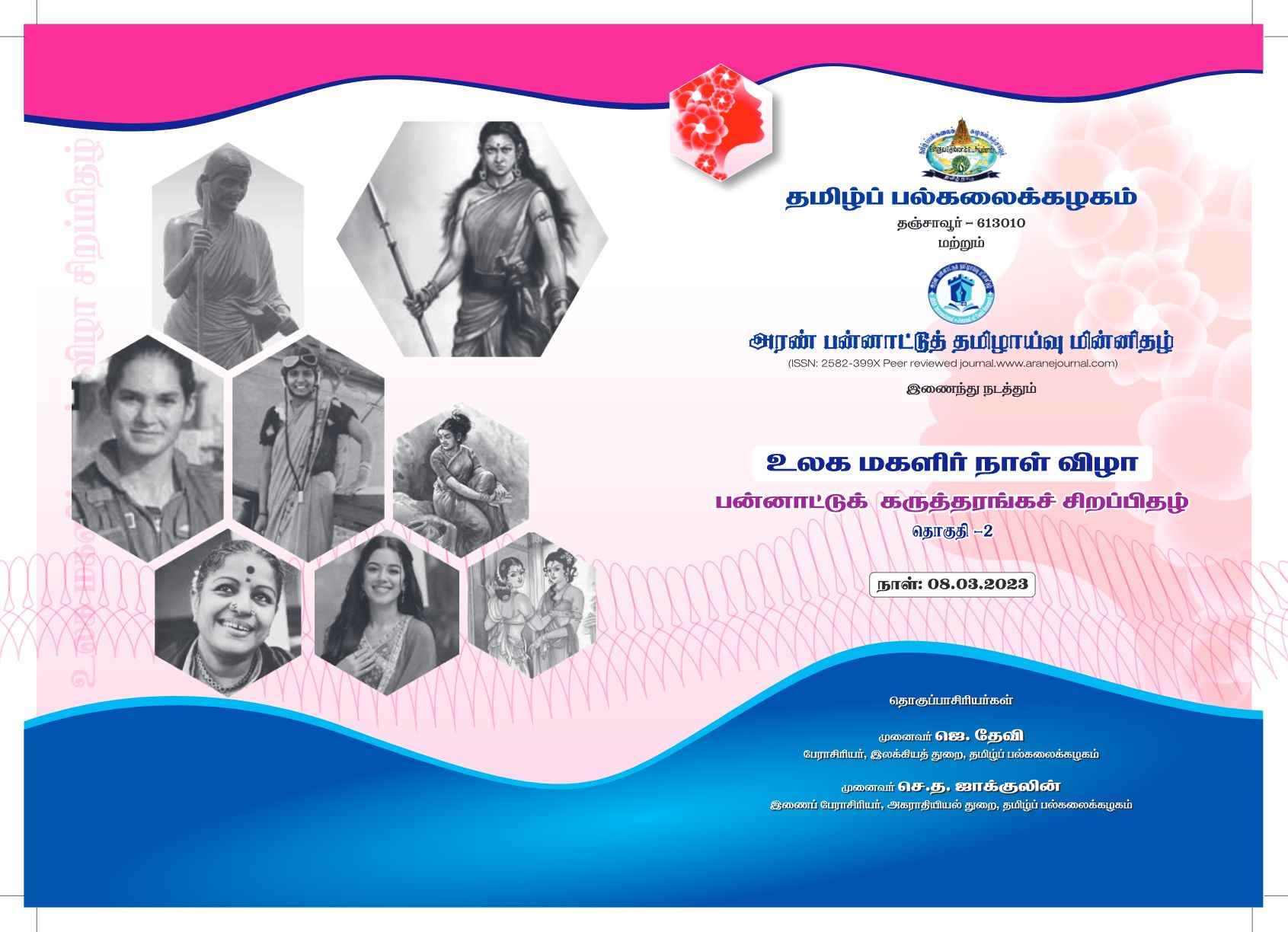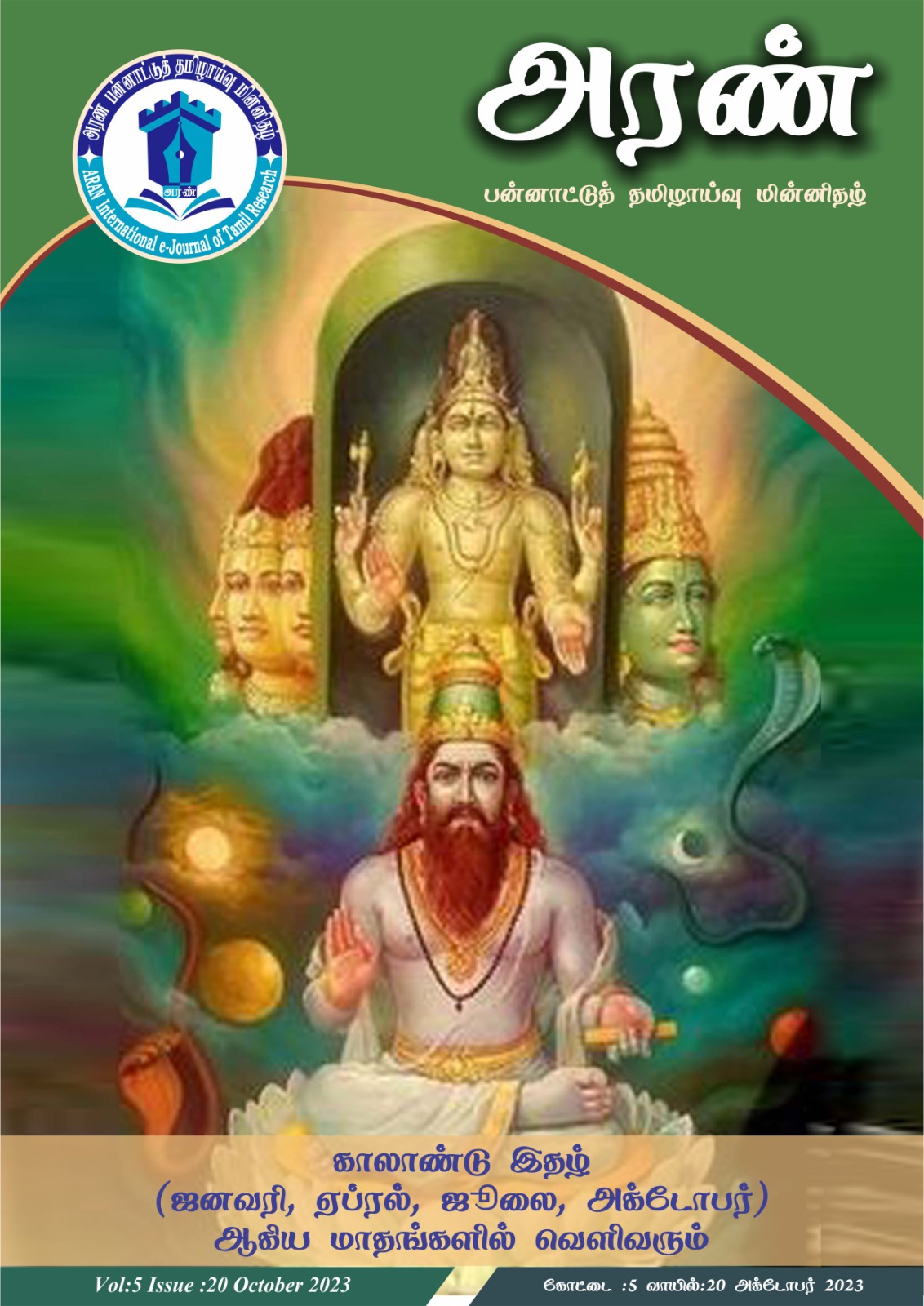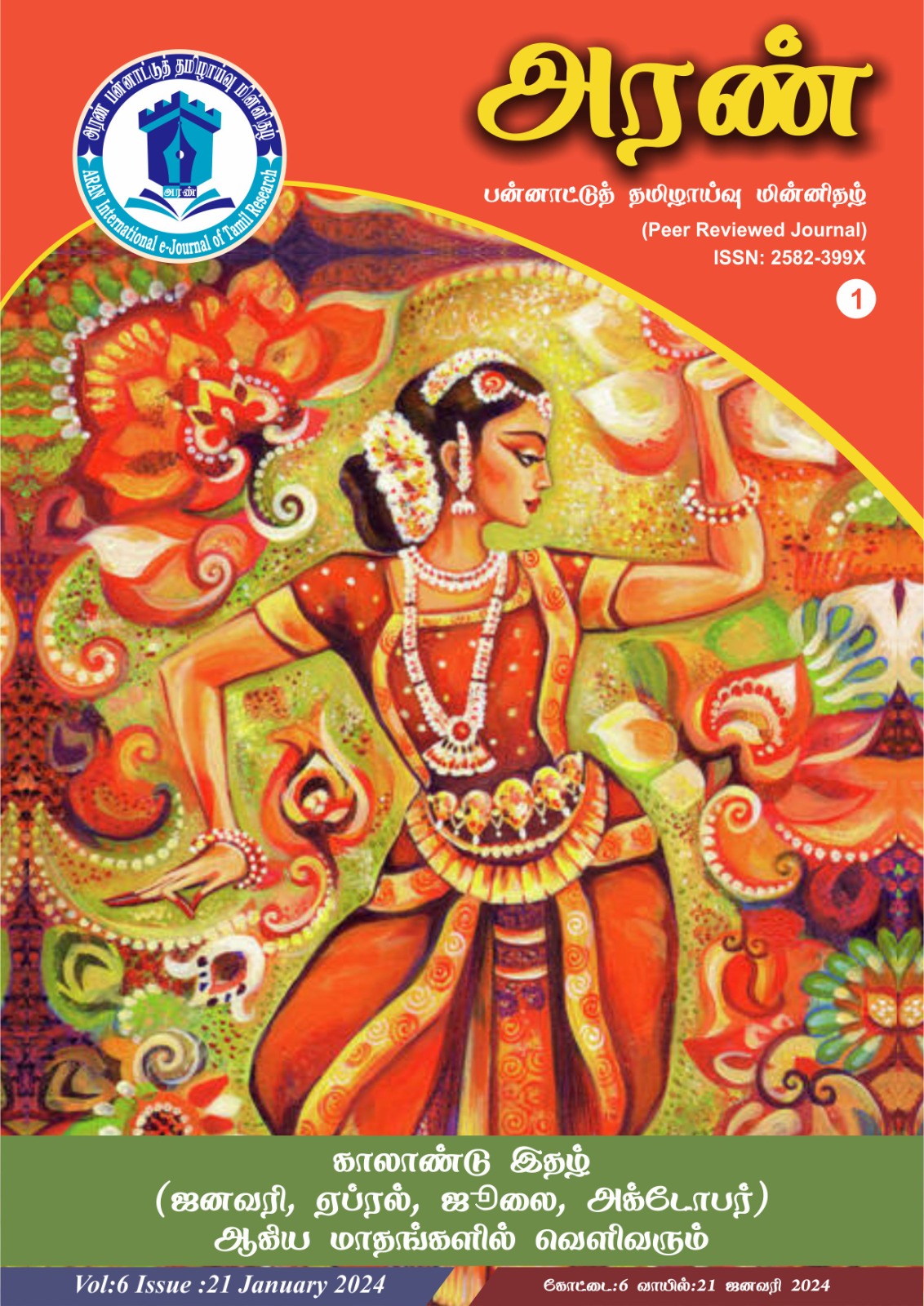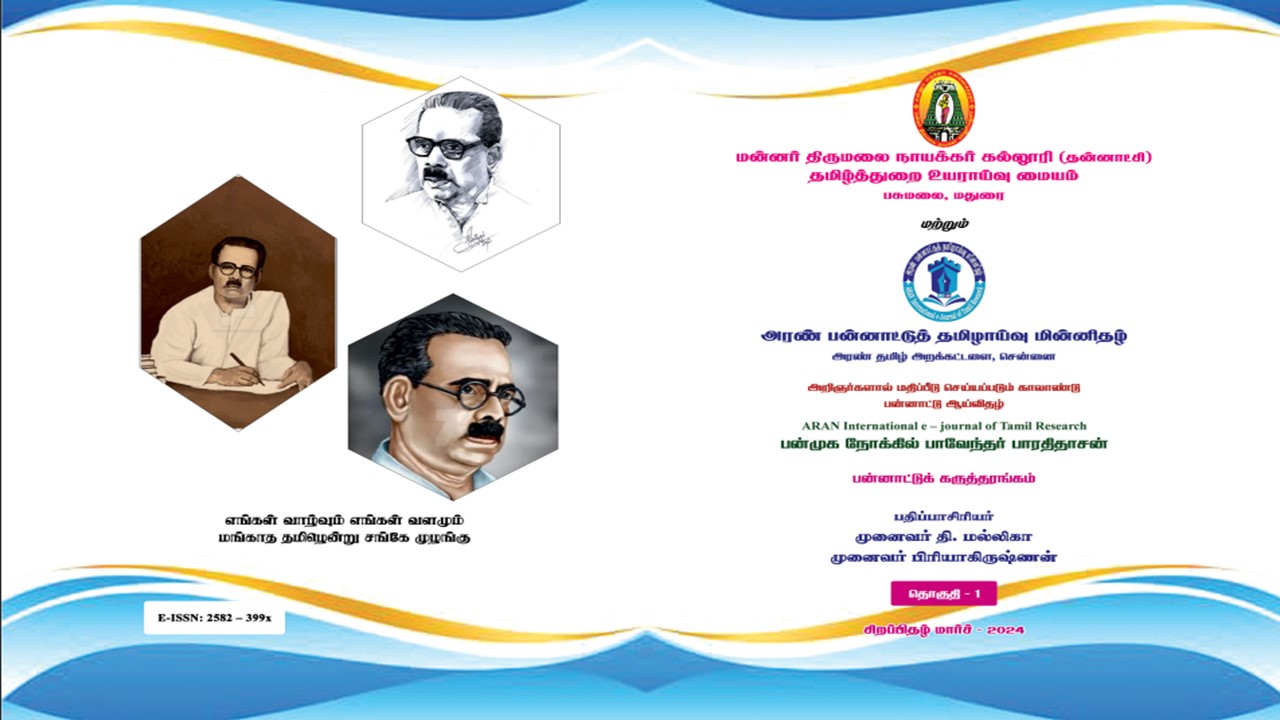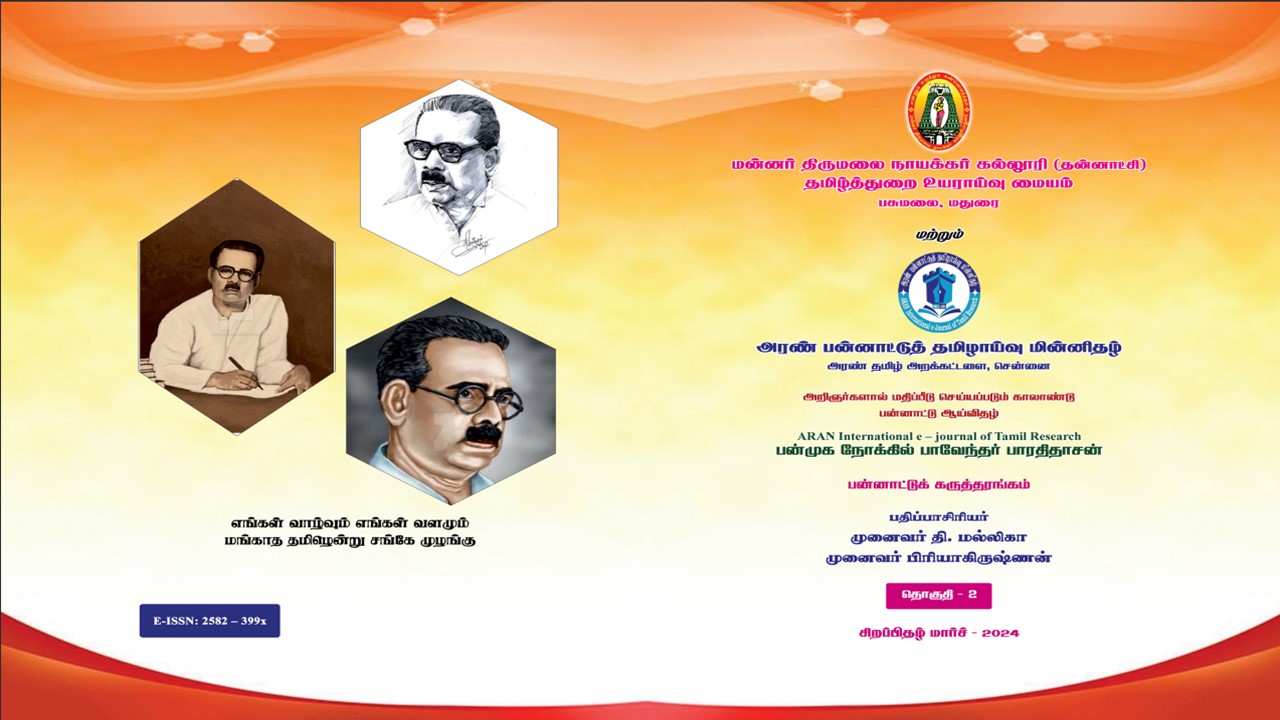TRANSFORMATION AND ADDICTION of Dance reality shows AMONG AUDIENCE IN TAMILNADU
ABSTRACT:
Tamil Nadu, a state steeped in rich cultural heritage, has found a vibrant expression of its artistic soul in dance reality shows. These programs have become a popular entertainment staple, providing a platform for aspiring dancers, celebrating diverse dance styles, and captivating audiences across generations. The study attempts to understand the transformation and addiction of Dance Reality Show among audience in Tamilnadu.
keywords
Dance Reality Shows, Transformation, Addiction, Television Program, Unscripted, Nonfiction, Audience.
Introduction
Tamil Nadu's dance reality shows have become a vibrant thread woven into the state's cultural fabric. These programs not only unearth and nurture raw talent by offering exposure, professional training, and a path to industry recognition, but they also act as cultural custodians. By showcasing a breathtaking spectrum of dance styles, from the graceful movements of Bharatanatyam to energetic folk dances, they educate audiences about Tamil heritage. This blend of entertainment and cultural preservation creates a wholesome family experience. Witnessing the dedication of young dancers and the vibrant performances, infused with a touch of healthy competition, parents and children alike are drawn in. The shows inspire a new generation to embrace artistic expression and keep the rich tapestry of Tamil dance alive.
Dance reality shows in Tamil Nadu have become more than just entertainment. They are a window into the state's cultural soul, a platform for nurturing talent, and a testament to the enduring power of dance as a form of artistic expression. As these shows continue to evolve, one thing remains certain. They will keep audience enthralled and entertained. It is very essential to learn about the Transformation and Addiction level of the audience.
EVOLUTION OF DANCE REALITY SHOWS IN TAMILNADU:
Reality television is referred to as primarily unscripted program. It is believed that every image is taken from actual events or circumstances. It is followed by an unfolding series of events. Like fiction, dance reality shows shouldn't rely on performers and script writers. Producers, the creative team, and editors oversee them. Furthermore, it is evident that the participants are free to act, reciprocate, and respond as they like, which is finally captured by the lenses. Most people are skeptical, yet they find it to be purely entertaining. Many news sources state that a sizable portion of the population believes reality television lacks reality. Different specialists in the entertainment industry hold different opinions regarding the role that editing plays in spicing up the entertainment value. Dance reality shows have also been accused of biased editing.
The exact origin story of Tamil dance reality shows remains a bit hazy. Strong contenders for the title of the first show include "Dance Jodi Dance" (Zee Tamil) and "Dancing Khilladies" (Sun TV), both emerging in the late 1990s or early 2000s. "Dance Jodi Dance" featured celebrity couples competing in various dance styles, while "Dancing Khilladies" might have pre-dated it and focused on solo dancers.
Jodi No. 1 and Maanada Mayilada contribute significantly to the enduring popularity of dance reality shows in Tamil Nadu. They offer a unique blend of competition, collaboration, artistic expression, and cultural exploration. Witnessing the dedication and talent of the dancers, along with the vibrant themes and captivating partnerships, creates a wholesome and engaging experience for viewers across generations. Jodi No. 1 and Maanada Mayilada are more than just recurring themes; they are the cornerstones that set Tamil Nadu's dance reality shows apart.
This winning formula paved the way for a wave of new dance reality shows, nurturing young talent, celebrating cultural heritage, and creating a family-friendly entertainment experience that continues to captivate audience
TERMS AND DEFINITIONS
Transformations
In this study the term Transformations refers to a complete change in the appearance or character of a person due to watching Dance reality shows
Addictions
In this study the term Addictions refers to an inability to stop watching Dance reality shows even though it may cause various serious problems.in their life.
Dance Reality Shows
In this study the term Dance Reality Shows refers to a particular genre of reality television programme that has dancers competing against one another.
VARIABLES OF THE STUDY
Dependents Variable : Transformation and addiction
Independent Variables :
Gender : Male/Female
Locality : Rural/Urban
Family type : Joint /Nuclear
Marital status : Single / Married
ObjectiveS of the Study
- To measure the Transformation and addiction among audience in Tamilnadu.
- To find out whether there is a significant difference in Transformation and addiction in terms of select independent variables viz. Gender, Locality, Family type and Marital status.
HYPOTHESES OF THE STUDY
The following hypotheses have been formulated for verification in this study.
- Gender exerts a significant influence on Transformation and addiction among audience.
- Locality exerts a significant influence on Transformation and addiction among audience.
- Family type exerts a significant influence on Transformation and addiction among audience.
- Marital status exerts a significant influence on Transformation and addiction among audience.
METHODOLOGY- IN -BRIEF
Design : Descriptive,
Method : Normative,
Technique : Survey
Sample : A stratified representative sample of 500 audience from Tamilnadu with due representation to the variables viz. Gender, Designation, Locality, Family type and Marital status.
Tools used
- General information schedule structured by the Investigator.
- Transformation and addiction Scale constructed and standardized by Raj Barani K and Dr.A.Esther Pradeeba (2022)
Statistical treatment
- Percentage analysis
- ‘t’- test for significance of difference between the means of large independent samples.
RESULTS AND DISCUSSIONS
A) Transformation and addiction among audience in Tamilnadu
The empirical average of Transformation and addiction among audience in Tamilnadu is found to be 44.67, while the theoretical average is 45. This shows that Transformation and addiction among audience in Tamilnadu is found to be below the average level.
B) Table 1: Results of test of significance of difference between the mean scores of Transformation and addiction among audience in Tamilnadu: Independent Variables – Wise.
|
Sl. No. |
Variable |
Sub-Variables |
N |
M |
S.D. |
‘t’-value |
Significance at 0.05 level |
|
1. |
Gender |
Male |
226 |
45.65 |
9.91 |
2.14 |
Significant |
|
Female |
274 |
43.87 |
8.35 |
||||
|
2. |
Locality |
Rural |
311 |
45.36 |
9 |
2.17 |
Significant |
|
Urban |
189 |
43.53 |
9.23 |
||||
|
3. |
Family Type |
Nuclear |
387 |
44.73 |
8.96 |
0.26 |
Not significant |
|
Joint |
113 |
44.46 |
9.68 |
||||
|
4. |
Marital status |
Single |
206 |
66.85 |
10.08 |
0.57 |
Not significant |
|
Married |
294 |
66.34 |
9.86 |
Transformation and addiction with respect to Gender
The calculated ‘t’ value (2.14) is greater than the table value (1.96) at 0.05 level of significance. This shows that there is a significant difference between male and female audience in possession of Transformation and addiction. It also inferred that male audience possess more Transformation and addiction than female audience.
Transformation and addiction with respect to Locality
The calculated ‘t’ value (2.17) is greater than the table value (1.96) at 0.05 level of significance. This shows that there is a significant difference between rural and urban Locality audience in possession of Transformation and addiction. It also inferred that rural Locality audience possess more Transformation and addiction than urban Locality audience.
Transformation and addiction with respect to Family type
The calculated ‘t’ value (0.26) is lower than the table value (1.96) at 0.05 level of significance. This shows that there is no significant difference between joint and nuclear family’s audience in possession of Transformation and addiction.
Transformation and addiction with respect to Marital status
The calculated ‘t’ value (1.38) is lower than the table value (1.96) at 0.05 level of significance. This shows that there is no significant difference between single and married audience in possession of Transformation and addiction.
CONCLUSIONS
The major conclusions emerged out of the study are presented below:
- Transformation and addiction among audience in Tamilnadu is found below average.
- Transformation and addiction among audience is dependent upon- Gender and Locality.
- Transformation and addiction among audience is independent upon- Family type and Marital status.
RECOMMENDATIONS
It is a welcome finding that the Transformation and addiction among audience is below the average level. Besides, male audience possess more Transformation and addiction than female audience. Hence appropriate measures to be taken for the transformation and addiction level for male audience.
Rural Locality audience possess more Transformation and addiction than urban audience. It may be due to the need of distraction from boredom of the rural audience.
REFERENCES
-
- Aggarwal, Y.P. (1986). Statistical Methods: Concepts, Application and Computation. New Delhi: Sterling Publishers Pvt. Ltd.
- Best, John W. and Kahn, James V. (1989). Research in Education (6th ed.). New Delhi: Prentice Hall of India Pvt.Ltd.
- Goodman, A. (1990). Addiction: definition and implications. British Journal of Addiction, 85(11), 1403-1408.
- Jusoff, K., Sahimi, N.N. (2009). Television and Media Literacy in Young Children: Issues and Effects in Early Childhood. International Education Studies, 2 (3).
- Kapadia, R., Lakhani, C., Prajapati, D., Gadhvi, M. (2014). Impact of Media on Health and Behavior of Adolescent. International Journal of Scientific Research, 3 (8).
- Govin, M.L. (2005). How TV affects your child. Nemours Foundation. http://www.kidshealth.org/index.html

